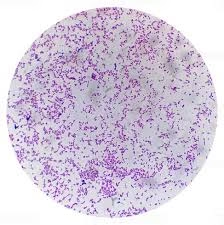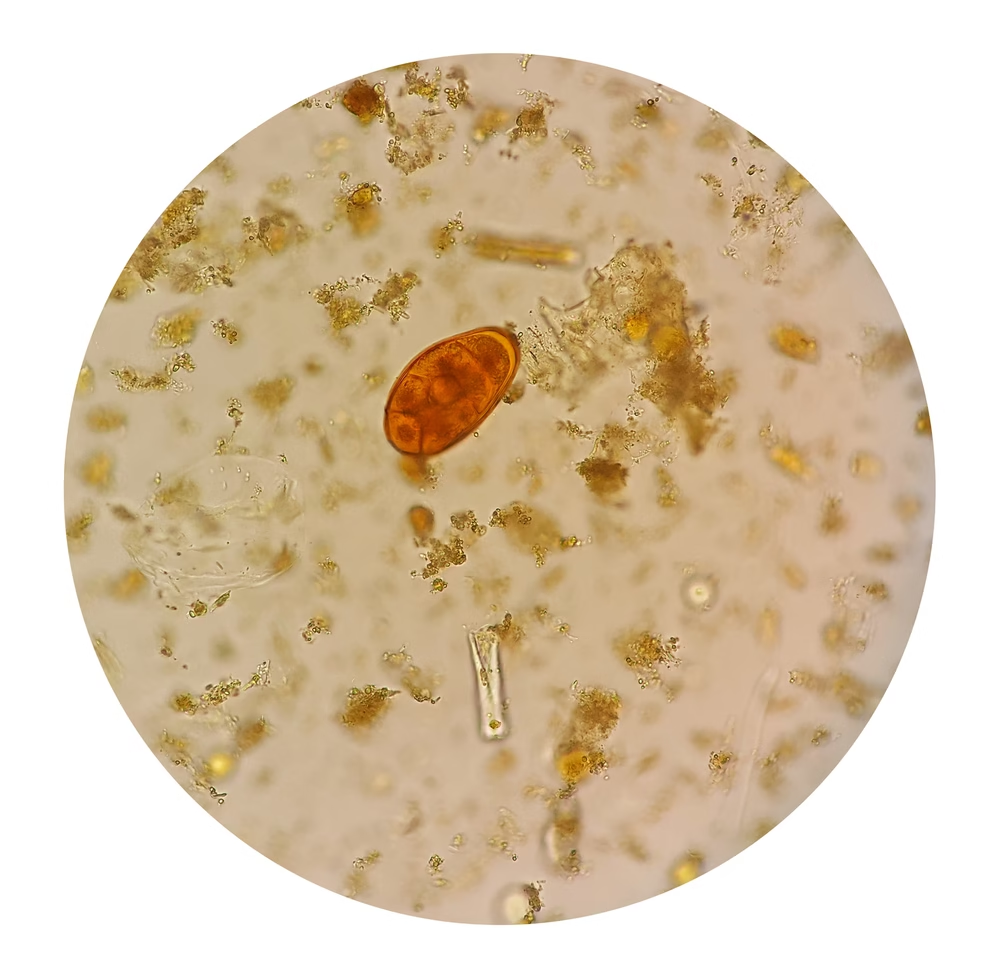
Principle Gram Staining is a differential staining technique developed by Hans Christian Gram in 1884. It works on the basis of differences in the cell wall structure of bacteria. The Read More …
Simplifying Allied Health Learning.

Principle Gram Staining is a differential staining technique developed by Hans Christian Gram in 1884. It works on the basis of differences in the cell wall structure of bacteria. The Read More …

Principle Staining techniques is to improve the visibility of intestinal parasites (ova, cysts, trophozoites) within stool samples through selective staining and preservation methods. These techniques enhance the differentiation between parasitic Read More …
Motility of Bacteria Motility refers to the ability of bacteria to move actively and independently. It is an important characteristic for identifying certain bacterial species and helps in distinguishing motile Read More …

Working Principle Electron microscopes use electron beams instead of light to magnify objects. Electrons have a much shorter wavelength than visible light, allowing for much higher magnification (up to 1 Read More …

Working Principle The light microscope functions on the principle of magnification through visible light. When light is focused on the specimen using lenses, the image appears larger and clearer. The Read More …